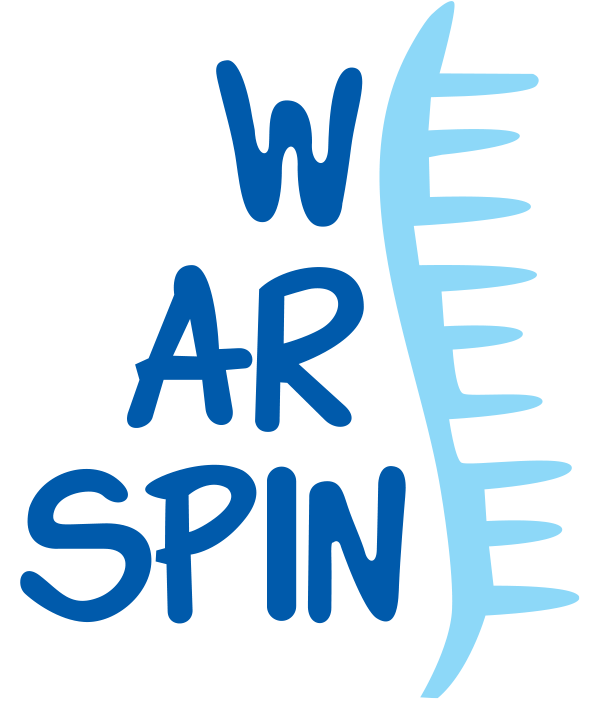screws and rods in spine surgery

Is the Use of Screws and Rods in Spine Surgery Safe?
Spine surgery has become increasingly advanced and precise, offering long-term relief for patients with chronic back problems. One of the most commonly performed procedures involves the use of screws and rods in spine surgery to stabilize and realign the spinal column. But is this method safe? In this blog, Dr. Priyank Patel, a renowned spine surgeon, explains the role, benefits, risks, and recovery involved in using these implants for spine stabilization.
What Are Rods and Screws in Back Surgery?
Rods and screws are metallic implants used to stabilize the spine during and after surgery. The screw rod and nut system helps hold the vertebrae in place, enabling bone fusion and proper alignment. These devices are usually made from titanium or titanium alloys due to their durability and biocompatibility. Titanium allows safe integration into the body while minimizing rejection and interference with imaging tests like MRIs. Titanium rods and screws in back procedures are among the most common spinal fixation methods due to their reliability and safety.
Common Conditions Treated with Rods and Screws
Spinal instability, deformity, and trauma are the primary reasons surgeons recommend implanting rods and screws. Common conditions include:
- Degenerative disc disease
- Scoliosis and kyphosis
- Spinal stenosis
- Vertebral fractures
- Herniated discs
- Failed back surgery syndrome
These conditions often require surgical correction when conservative treatments fail. The screws and rods in spine surgery offer support while the spinal bones fuse and heal, improving posture and reducing pain. The method ensures that spinal alignment is maintained throughout the healing process.
Problems with Titanium Rods in Back Surgery
Although titanium rods and screws in back surgery are considered highly effective and safe, they are not without potential complications. Patients may experience:
- Pain at the site of surgery
- Hardware loosening over time
- Infection or inflammation
- Nerve irritation
- Rare allergic reactions to metals
While serious problems are rare, they can happen in a small percentage of cases. It’s important to understand that hardware failure, though uncommon, may occur due to trauma, wear andtear, or improper fusion. Similar to cases of a broken leg with rod and screws, stress or force on the spine can impact the stability of the implants. Regular follow-up with imaging helps monitor the implants’ condition.
The Surgical Process: Spine Surgery Rods and Screws
The procedure for placing screws and rods in spine surgery begins with general anesthesia. Depending on the spinal level and approach, the surgeon makes an incision to access the vertebrae. Pedicle screws are inserted into the bones and connected with metal rods to correct alignment and provide stability.
Once the hardware is secured, bone grafts are often placed to facilitate spinal fusion. The screw rod and nut configuration remains in the spine, ensuring that the vertebrae do not shift during the healing period. The entire process is precise and guided by advanced imaging for maximum accuracy and safety.
Recovery and Rehabilitation
Recovery after spine surgery involving rods and screws is a crucial phase. Patients typically stay in the hospital for a few days post-surgery. Initially, movement is limited, and pain management is key. Gradually, patients begin to walk with support and start basic exercises.
Back surgery rods and screws recovery generally includes:
- 4–6 weeks of restricted movement
- Physical therapy from week 6 onward
- Full recovery within 6–12 months
- Follow-up scans to ensure proper healing
Rehabilitation focuses on regaining mobility, strengthening back muscles, and reducing inflammation. Patients must avoid twisting, lifting heavy objects, or high-impact activities during recovery. In some cases, discomfort or complications may lead to removal of pedicle screws and rods, though this is relatively rare.
When to Consider Rods and Screws
Your spine surgeon may recommend screws and rods in spine surgery if you experience:
- Chronic back pain not relieved by non-surgical treatments
- Progressive spinal deformity
- Vertebral fractures due to accidents
- Instability from degenerative disc disease
- Neurological symptoms such as weakness or numbness
The decision to proceed with surgery depends on imaging results, symptoms, and how the condition affects your quality of life. Dr. Priyank Patel – Leading Spine Surgeon in Thane carefully evaluates each case before suggesting surgical stabilization. For patients who have undergone trauma, like a broken leg with rod and screws, similar principles apply to the spine — stability is critical for healing.
Safety and Long-Term Outlook
Overall, screws and rods in spine surgery are considered safe and effective. Titanium implants have been used for decades with excellent long-term results. While complications can occur, they are generally manageable and uncommon. Most patients report significant improvements in mobility and reduction in pain after recovery.
In rare cases, patients may need the removal of pedicle screws and rods due to discomfort, infection, or mechanical failure. However, the majority of spinal implants are permanent and function well without causing issues. A strong post-operative care routine and timely follow-ups are essential for long-term success.
Conclusion
If you are dealing with spinal issues and wondering about surgical options, screws and rods in spine surgery can provide the support and correction your spine needs. From titanium’s biocompatibility to advanced surgical techniques, this method has helped thousands regain their mobility and quality of life.
Consult Dr. Priyank Patel, a leading spine surgeon in Mumbai , to evaluate whether this treatment is suitable for your condition. Whether you are recovering from an injury or managing degenerative disease, expert guidance and a personalized treatment plan can help you get back on your feet safely.
